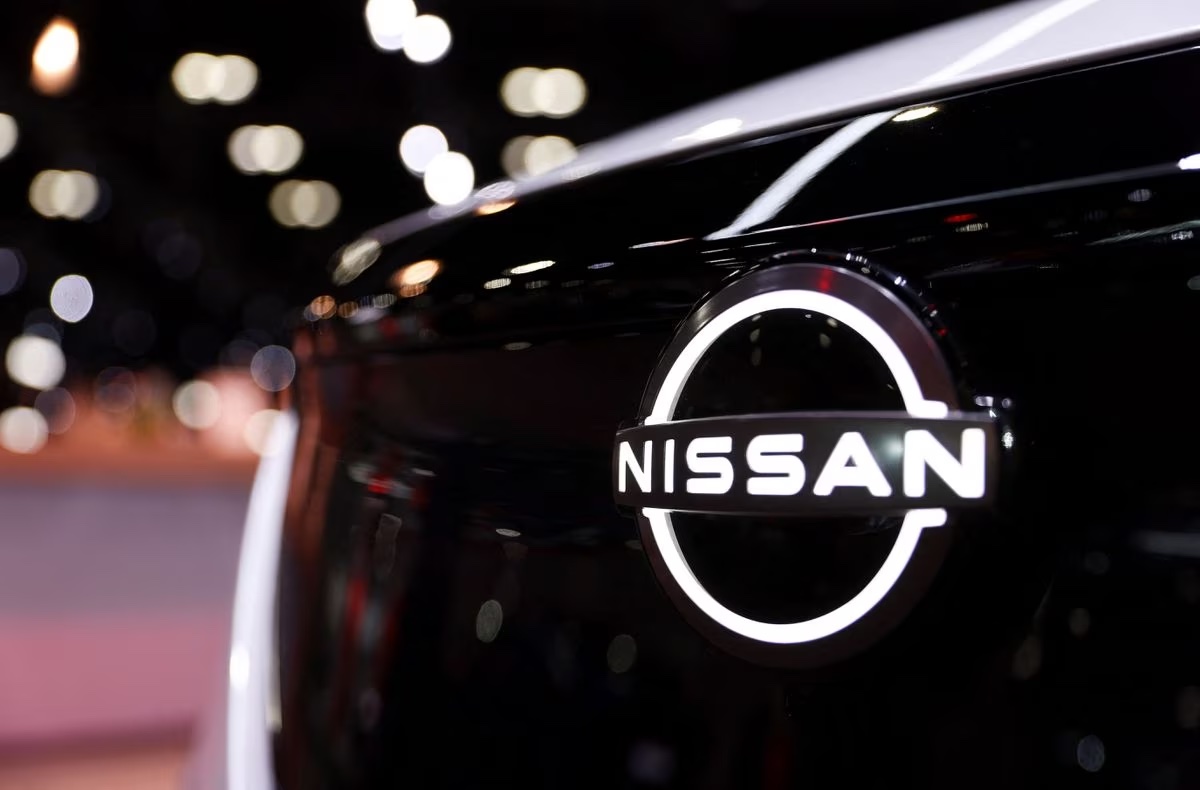Summary
- Stellantis, Nissan profits hit by problems in U.S. market
- Shares hit by poor results
- Ford’s EV business weights on earnings
- Stellantis ready to axe unprofitable brands
LONDON/DETROIT, (Reuters) – Problems in the highly competitive U.S. car market including weak prices, high inventories and difficult logistics dented profits and hit shares of automakers including Ford Motor, Stellantis and Nissan on Thursday, as they scramble to find a fix.
Global automakers are facing a weakening outlook for sales across major markets such as the U.S., while also juggling an expensive transition to electric vehicles and growing competition from cheaper Chinese rivals.
U.S. automaker Ford plunged 16% after its second-quarter profit missed analyst expectations, weighed down by high warranty costs and a cash-burning electric vehicle business.
Shares in Milan-listed Stellantis lost nearly 9% after earlier hitting their lowest in almost a year. Nissan dropped 7%, sending the stock of its French alliance partner Renault down as well despite posting a first-half profit that beat estimates.
Automakers were dragged down by excess inventory in the United States, in part due to a June software outage that slowed or halted some dealerships’ operations. New-vehicle supply at the start of July was more than double the year-ago period, according to Cox Automotive.
Cox analysts expect inventories to normalize in a couple of months as the effects of the CDK software outage wane. Still, investors are wary of higher inventories as motor vehicle output has been strong in the United States.
“Most investors have cited concerns on pricing risk emerging, especially amid rising inventory,” Barclays analyst Dan Levy wrote in a note this week. U.S. federal data shows average spending per vehicle has ebbed of late.
Honda U.S. sales chief Lance Woelfer said inventories haven’t been an issue for the Japanese automaker in the United States, but it affects everyone when any automakers struggle as that can then affect pricing.
“It creates a market dynamic you need to be aware of and adjust to,” he said.
Woelfer said this year has been about balancing inventories and demand. Honda’s U.S. sales are expected to rise 10% this year.
Nissan was hit hard by higher inventories, as its fiscal first-quarter profits were virtually wiped out and it slashed its annual outlook due to deep discounting in the U.S. market to get cars off lots.
CEO Makoto Uchida said it was a “tough one” to optimise inventory buildup in the United States and it would focus on better cars it can charge more for.
Ford has been beset by structural inefficiencies and by its electric vehicle business as it struggles to gain traction in that market. The company’s EV and software unit posted a $1.1 billion operating loss for the quarter and expects that business to lose up to $5.5 billion for the year before taxes.
WEAKENING OUTLOOK FOR SALES
World No. 4 automaker Stellantis said it was taking steps to fix weak margins and high inventory in the U.S. after delivering worse than expected first-half results. CEO Carlos Tavares said he will not hesitate to axe underperforming brands in its sprawling portfolio.
“If they don’t make money, we’ll shut them down,” he said.
He has maintained since Stellantis was created in 2021 from the merger of Italian-American automaker Fiat Chrysler and France’s PSA that all of its 14 brands including Maserati, Fiat, Peugeot and Jeep have a future.
Stellantis’ profit margins have been higher than its peers in recent years, but in a note Bernstein analysts said its margins were now not far above those of General Motors (GM.N), opens new tab, which posted solid results earlier this week and raised its annual profit forecast.
“This raises questions over Stellantis’ cost efficiency reputation,” they wrote. Its shares have fallen more than 20% this year, worst among the major European carmakers.
The world’s number 3 automaker by sales, Hyundai, posted strong second-quarter results, lifted by U.S. sales of premium SUV models and hybrid vehicles, which helped it offset prolonged weakness in South Korea.
Like Stellantis, Nissan plans to bolster sales from new and refreshed models in the second half, including the Armada and Murano SUVs.
“It’s totally unclear what vehicles that Nissan is selling in the United States are popular,” said Seiji Sugiura, an analyst at Tokai Tokyo Intelligence Laboratory.
“As the competitiveness of the models in their lineup is falling, they have no other choice but to make new vehicles, sell those and hope that they will be popular.”
Reporting by Nick Carey, Nora Eckert and Ben Klayman in Detroit; Additional reporting by Daniel Leussink in Tokyo, Giulio Piovaccari in Milan and Gilles Guillaume in Paris; Editing by Josephine Mason, Elaine Hardcastle and Nick Zieminski











